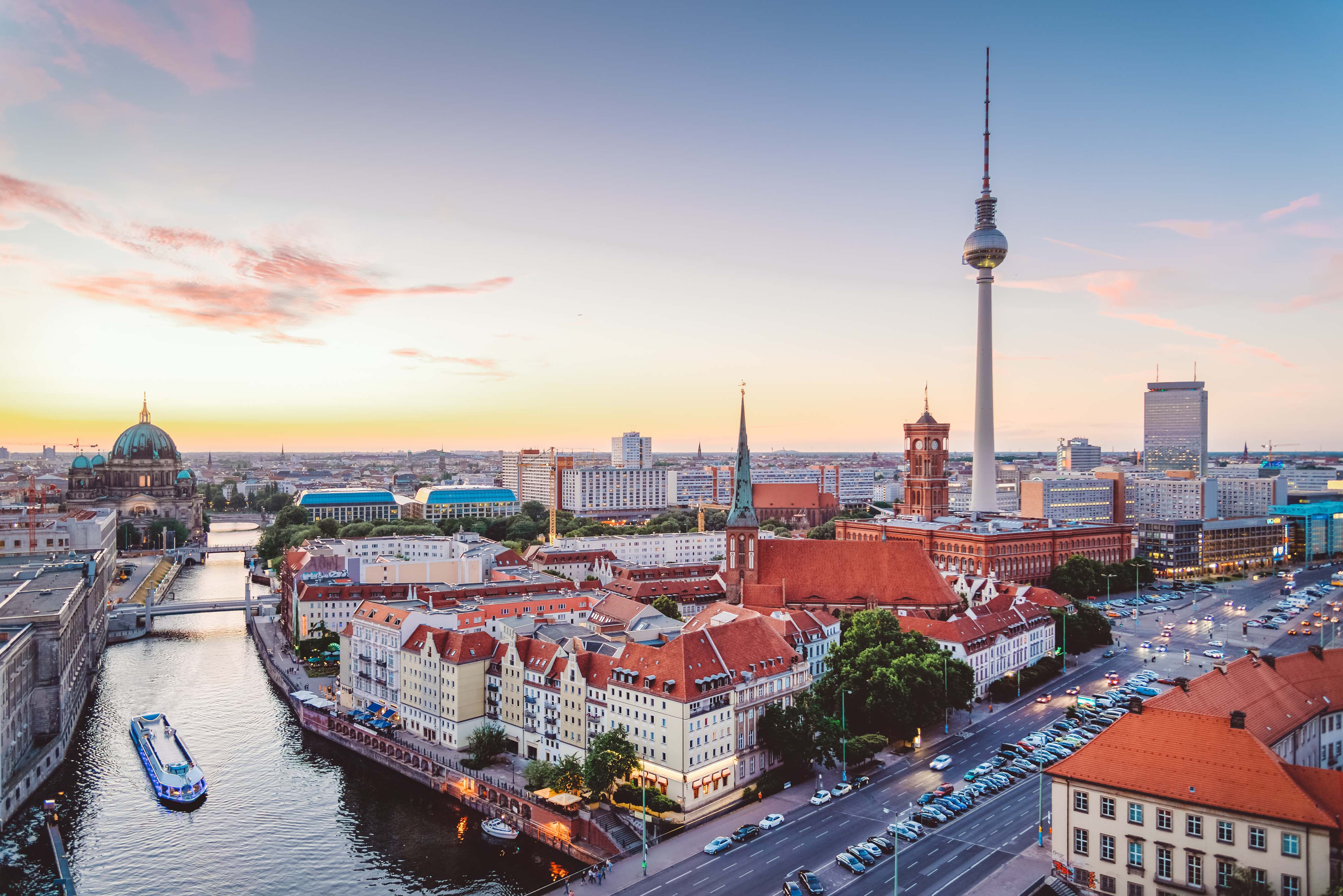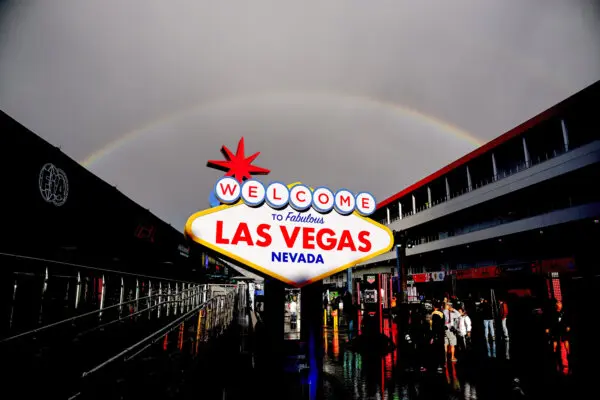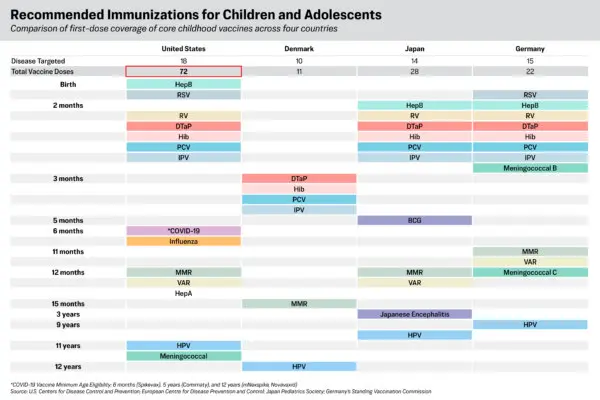Perhaps no city has had such a complicated—and fascinating—20th-century history as Berlin: bombed heavily in World War II, divided for decades into zones by the victorious Allies, and separated internally by the world’s most (in)famous wall.
But visit today, and you’ll find a phoenix. The German capital has risen from the ashes and adversity to become a place brimming with optimism that moves with unmatched dynamism. Come here to revisit the past—while gaining visions of the future. Here’s the best way to do it in just one day.










